Fish Circulatory System Structure and Function
By. Amma - 16 Jun 2025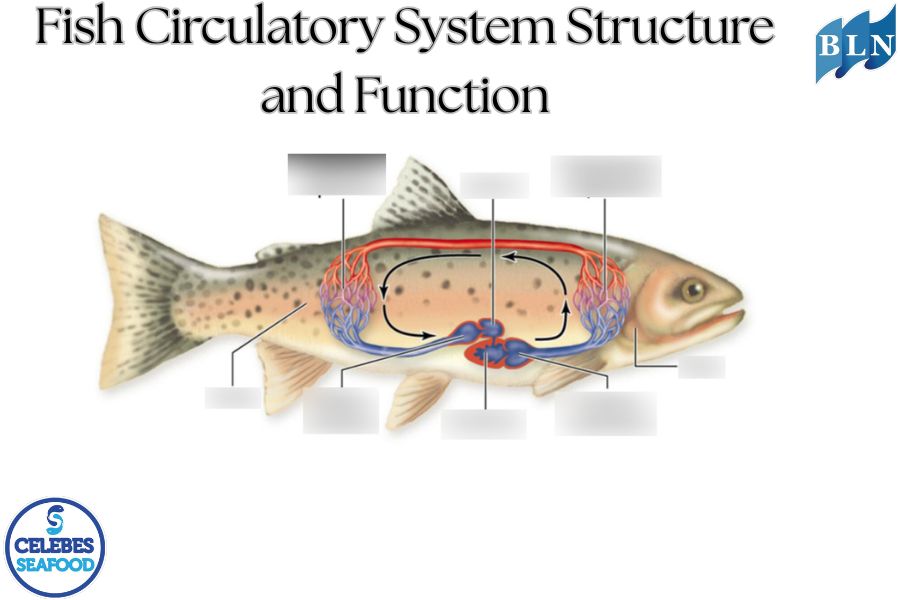
lautnusantara.com The circulatory system in fish has unique characteristics compared to terrestrial vertebrates, because fish live in aquatic environments and exchange gases (oxygen and carbon dioxide) through the gills. The fish circulatory system is closed and single.
A single circulatory system means that blood only passes through the heart once in each complete cycle of blood circulation throughout the body. This is different from mammals (including humans) which have double circulation (blood passes through the heart twice: once to the lungs and once to the rest of the body).
Structure of the Fish Circulatory System
The fish circulatory system consists of several main components:
1. Heart
The fish heart has a simpler structure than mammals, generally consisting of four parts arranged in series (sequence) and is often referred to as "two chambers" because it only has one atrium and one functional ventricle. The four parts are:
- Sinus Venosus: A thin, thin-walled space that receives deoxygenated (oxygen-poor) blood from throughout the fish's body through large veins.
- Atrium (Auricle): A thin muscular space that receives blood from the sinus venosus and pumps it into the ventricle.
- Ventricle: The thickest and strongest muscular chamber that functions as the main pump. The ventricle receives blood from the atrium and pumps it at high pressure into the conus arteriosus/bulbus arteriosus.
- Conus Arteriosus/Bulbus Arteriosus: The last chamber after the ventricle that functions to keep blood flowing smoothly into the ventral artery and prevent backflow. In teleost fish (true bony fish), it is often called the bulbus arteriosus which has thick elastic walls, while in Chondrichthyes fish (cartilaginous fish, such as sharks), it is called the conus arteriosus which has muscular walls.
2. Blood Vessels
The blood vessel system of fish is closed, meaning that blood always flows in the blood vessels. There are three main types of blood vessels:
- Arteries: Blood vessels that carry blood away from the heart. In fish, the main artery that comes out of the heart is the ventral aorta which carries deoxygenated blood to the gills. After passing through the gills, the oxygenated blood will flow through the dorsal aorta to be distributed throughout the body.
- Veins: Blood vessels that carry blood back to the heart. Veins collect deoxygenated blood from capillaries throughout the body and return it to the sinus venosus of the heart.
- Capillaries: Very small, thin blood vessels that form a network throughout the organs and tissues of the body, including the gills. This is where the exchange of gases (oxygen and carbon dioxide), nutrients, and waste products occurs between the blood and the body's cells.
3. Fish blood consists of:
- Blood Plasma: The liquid part of the blood that contains water, proteins, mineral salts, hormones, nutrients, and waste products.
- Red Blood Cells (Erythrocytes): Oval in shape and nucleated, contain hemoglobin which functions to bind and transport oxygen.
- White Blood Cells (Leukocytes): Various types of cells that play a role in the immune system.
- Platelets: Play a role in the blood clotting process.
Mechanism and Function of the Fish Blood Circulation System
The mechanism of blood circulation in fish is as follows:
1. Blood that is low in oxygen (deoxygenated) from all over the fish's body collects in the sinus venosus.
2. From the sinus venosus, blood flows into the atrium.
3. The atrium contracts, pushing blood into the ventricle.
4. The ventricle, as the main pump, contracts forcefully, pumping blood into the conus arteriosus/bulbus arteriosus.
5. From the conus arteriosus/bulbus arteriosus, blood is pumped through the ventral aorta to the gills.
6. In the gill capillaries, gas exchange occurs: oxygen from the water is absorbed by the blood, and carbon dioxide from the blood is released into the water. The blood becomes rich in oxygen (oxygenation).
7. The oxygenated blood from the gills then flows through the branching dorsal aorta to distribute blood to all tissues and organs of the fish's body (muscles, digestive organs, brain, etc.).
8. In the capillaries of the body's tissues, oxygen and nutrients are released to the cells, and carbon dioxide and waste products from the cells are taken up by the blood.
9. The now deoxygenated blood is collected by the veins and returned to the sinus venosus, starting the cycle again.
Main Functions of Fish Circulatory System:
1. Oxygen Transport: Transports oxygen absorbed from water in the gills to all cells and tissues of the body that need it for metabolism.
2. Nutrient Transport: Distributes nutrients (food digestion results) from the digestive system to all body cells for growth, energy, and repair.
3. Waste Product Transport: Transports metabolic waste products (such as carbon dioxide, ammonia, etc.) from body cells to excretory organs (gills, kidneys) to be removed from the body.
4. Hormone Transport: Distributes hormones produced by endocrine glands to target cells throughout the body to regulate various physiological functions.
5. Body Defense: White blood cells and antibodies in the blood play a role in the immune system, fighting infection and disease.
6. Body Temperature Regulation: Although fish are cold-blooded (poikilothermic) animals, blood flow still plays a role in distributing heat throughout the body, helping to maintain a relatively stable temperature within the temperature range of their environment.
If you are interested in our Coral Trout Fillet Skin On, CORAL TROUT WGG WHOLE GILLED GUTTED please do not hesitate to contact us through email and/or whatsapp.
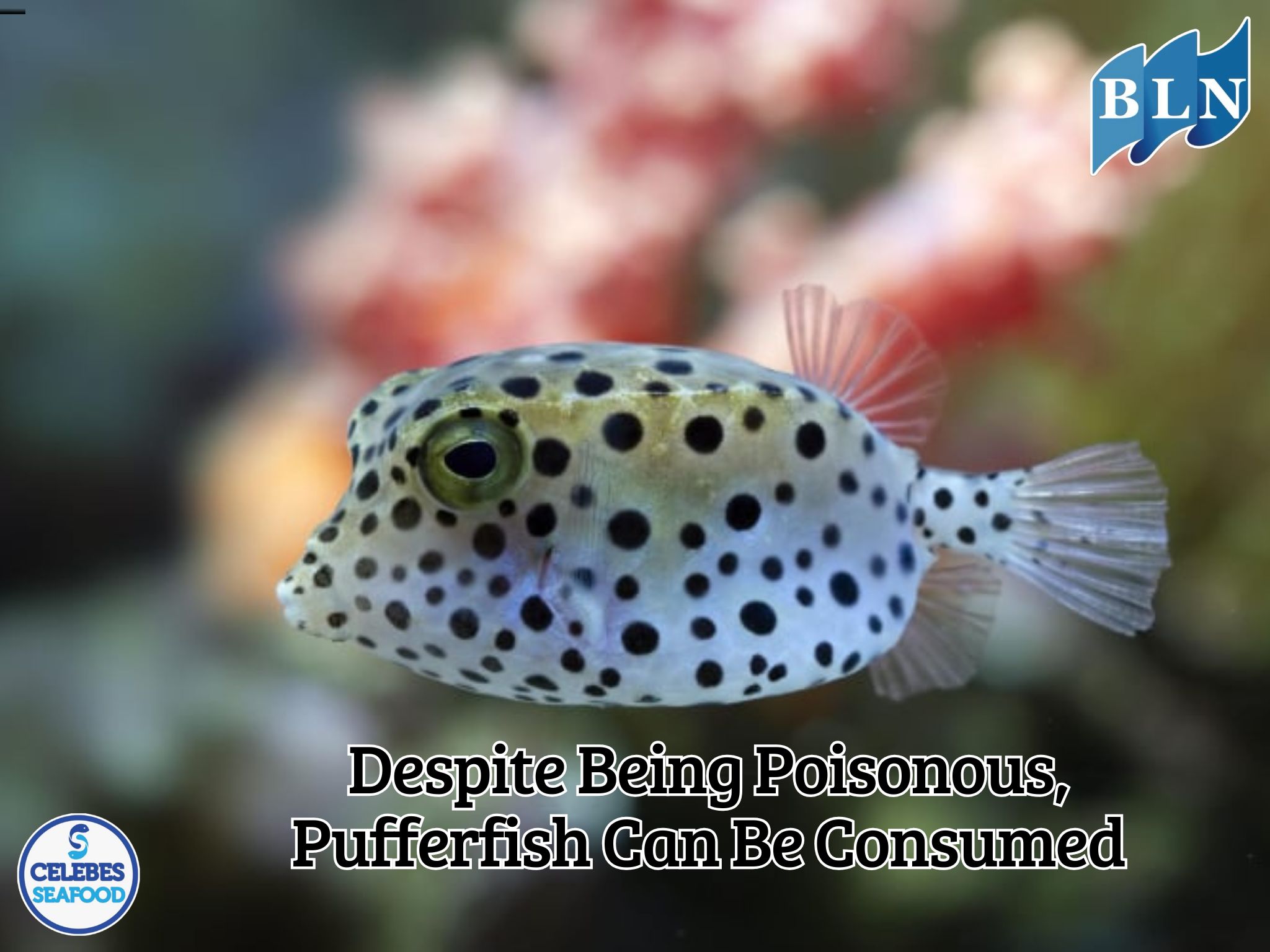
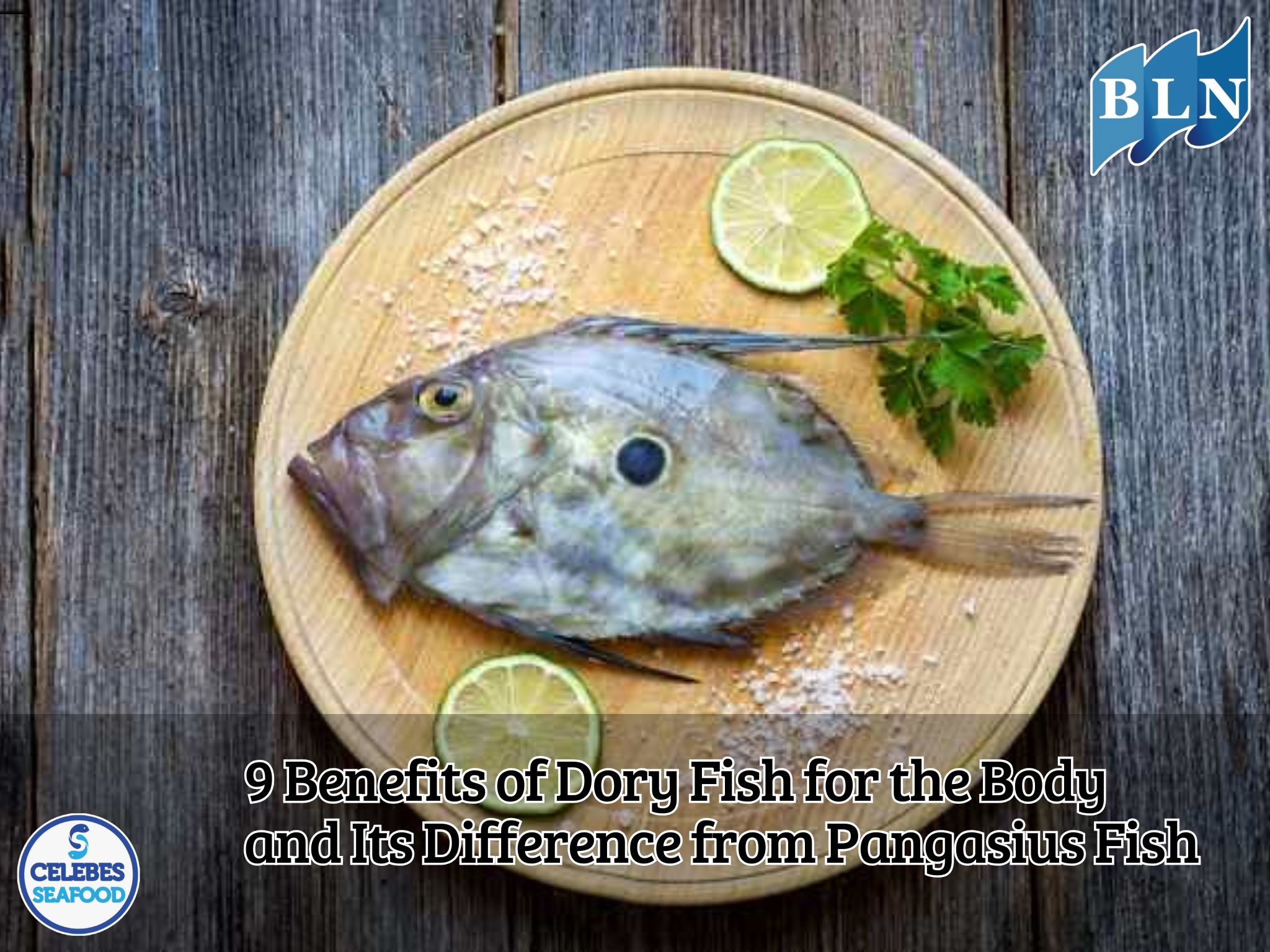


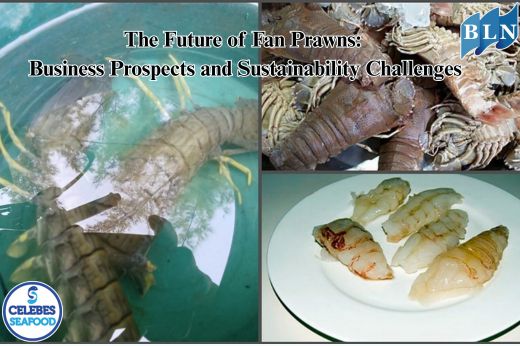
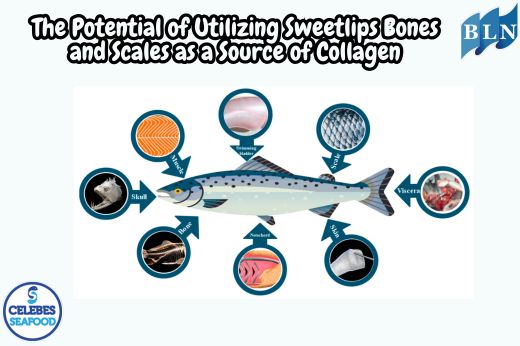


.jpg)